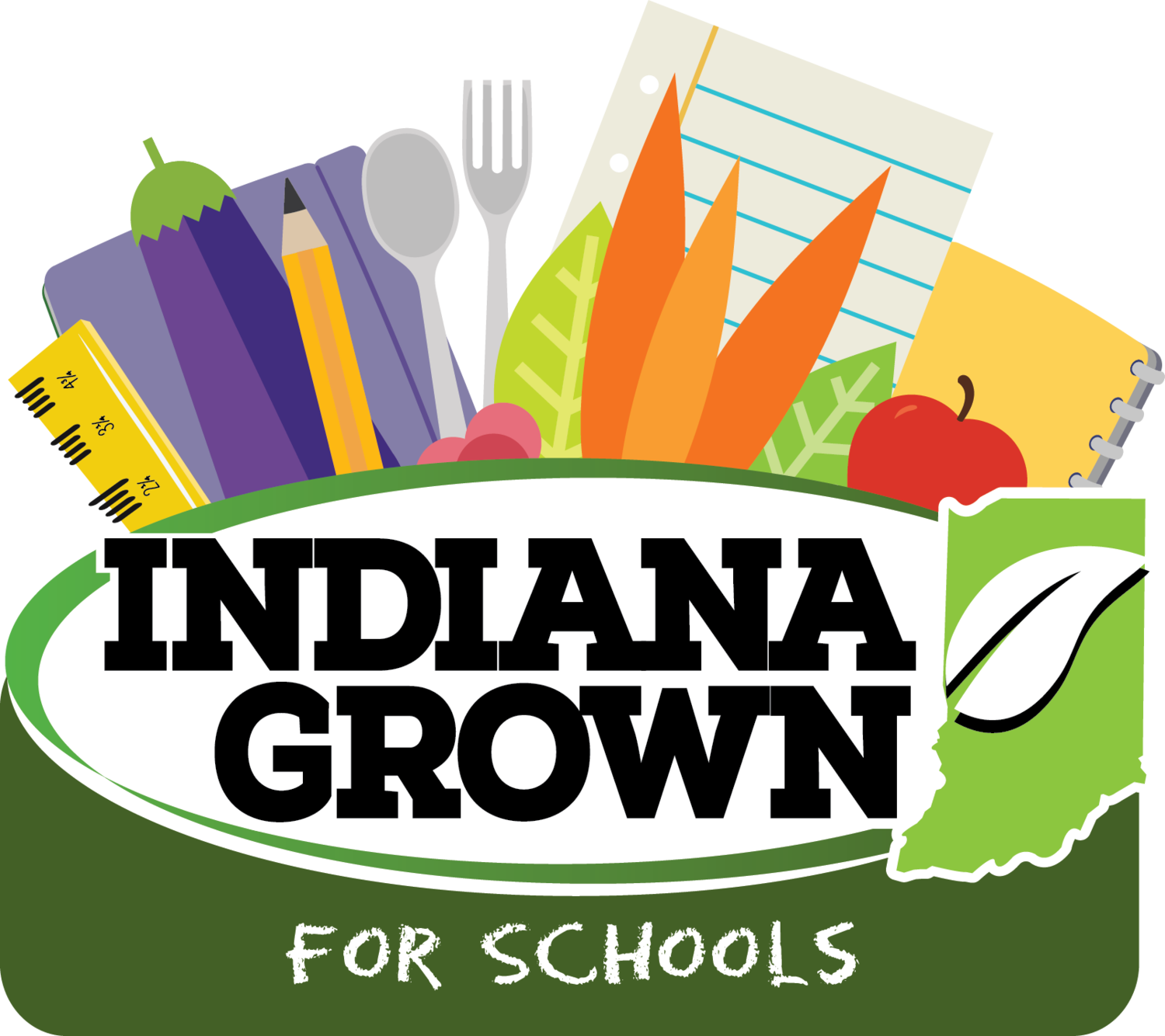Paoli’s Pigs & Produce: Taking Learning to the Next Level
Following the lead of agriculture teachers Cory Scott and Samantha Goen, Paoli Jr. Sr. High School students have helped create and develop a program to bring their lessons to life – with real-world practice raising pigs and growing produce for other students.
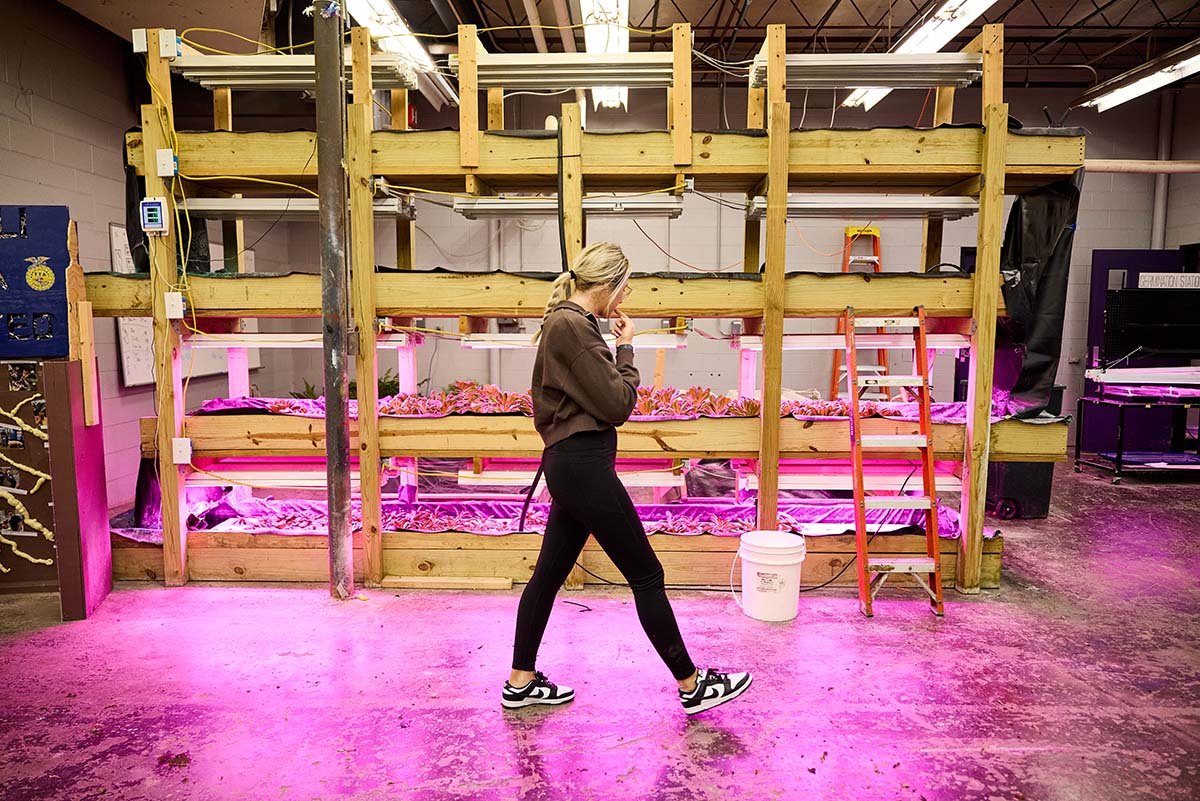
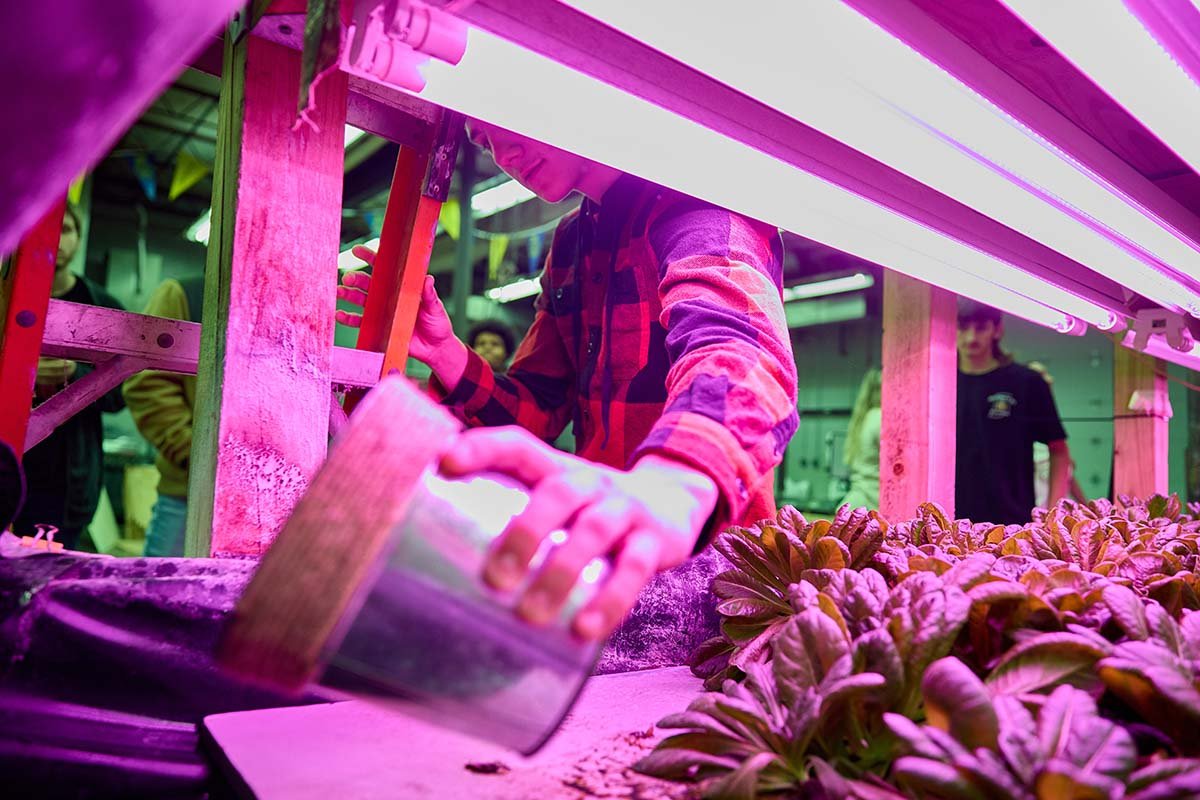
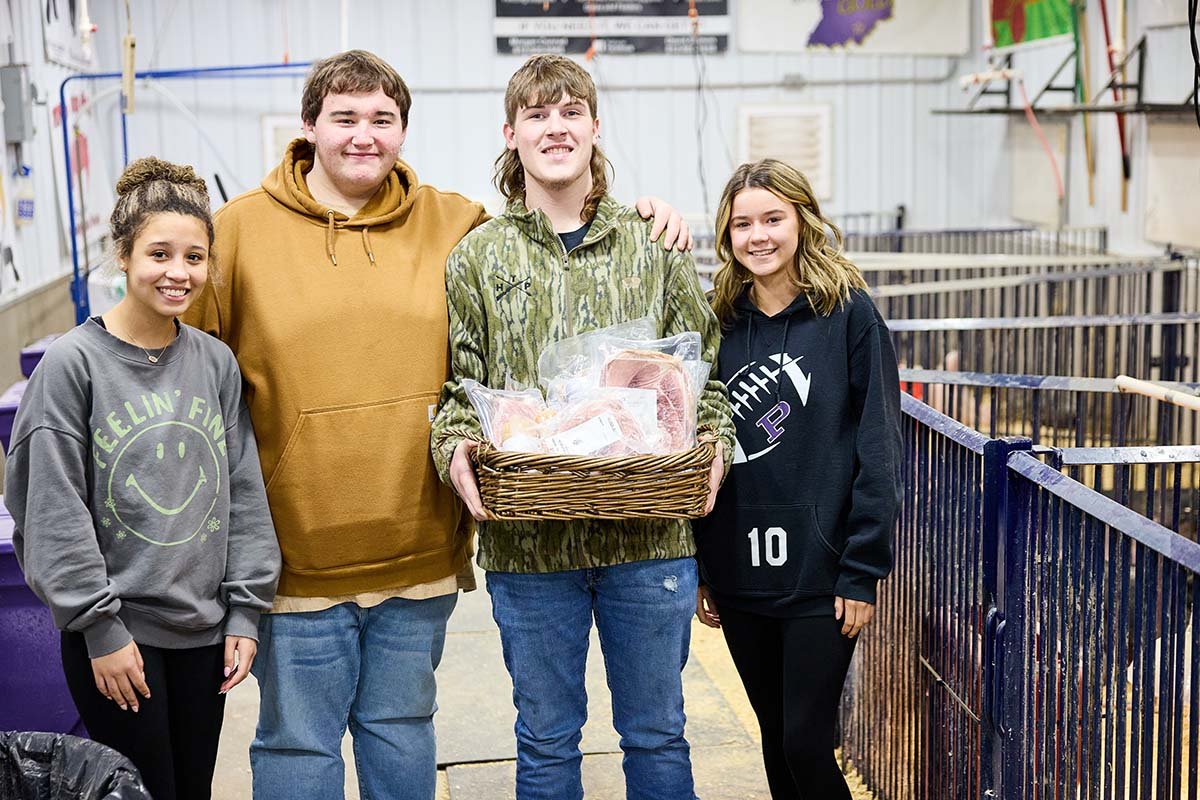
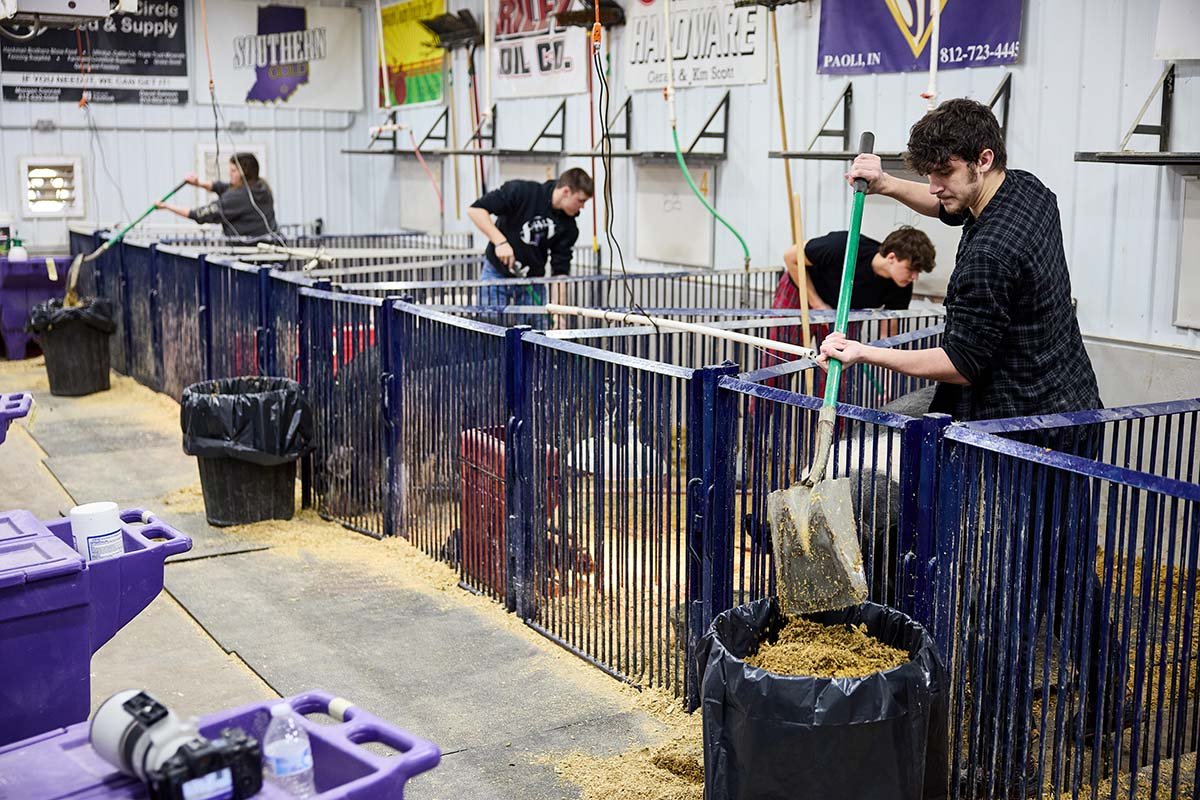
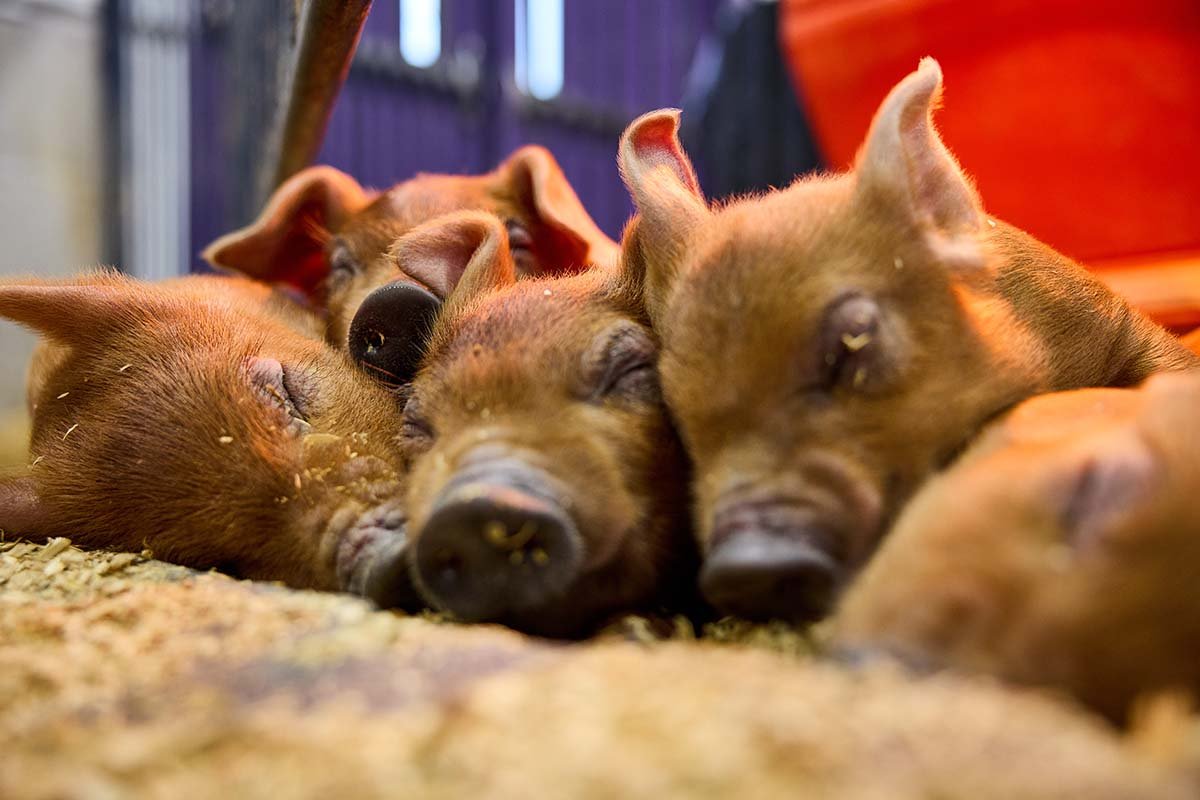
“It started years ago with a pig,” says Scott. “I’m an agriculture teacher, and the school wanted me to teach more math and English. I went to my boss and told him that if they wanted more of that, I was going to bring a pig to school and we were going to do math and English around the pig. We’ll calculate gain and feed and write stories and blog posts about our adventures with Miss Boots.”
Miss Boots was the name of the beloved first pig – an experiment and learning experience that led to a unique student program bigger than anyone could have imagined. The students started taking care of their pig, calculating her feed, and sharing stories about her growth in the greenhouse. Right before Christmas break, the students found out that Miss Boots was going to have babies and were upset they weren’t going to be able to see it. One student had the idea of setting up a webcam to livestream the experience.
“The webcam we used had a counter, and that first night we had 2,000 to 3,000 people checking on her. When she started farrowing, there were 5,000 to 6,000 people. And once the babies were born, we ended up with like 15,000 or 20,000 views on our webcam of this pig and her babies,” recalls Scott. “It struck a tune with us that we may be on to something with all this – to have that many people interacting with our little webcam, our little pig in the corner of our greenhouse.”
The passion for the pigs was infectious, and word spread about the program. “They did well with it because it’s real,” explains Scott. “It made the writing they were doing better because they cared about what they were writing about. They were doing math without griping about it because they were trying to figure out a real-world thing.”
In the second year, they decided to increase the number of pigs they would care for to two – Peppy and Dolly. Students collectively cared for the pigs all school year long, but at the end of the year, only Dolly had found a home. One student suggested they go full circle with Peppy. There was some initial hesitation because of the popularity of the pigs from students, the community, and from followers online.
“It sounds a little rough. People got to know these pigs almost like pets more than production animals. But we thought we’d give it a go, so we had Peppy-Q one day at school,” says Scott. “It was the largest lunch day that we had had in recent memory. It was insane. The kids were lined up out the door to try Peppy-Q, and I think that's where we got the understanding that kids do care about where their food comes from. They knew they knew her, but they also knew where she came from and that she'd had a good life.”
As the program grew, they got more pigs, and agriculture teacher Samantha Goen started working with students to build a hydroponic system for students more interested in the plant side of things. They started with 4’ x 8’ floor beds and began selling that lettuce to the cafeteria. “Kids at school realized that lettuce is supposed to have flavor and taste,” says Scott. “They loved it, and we quickly ran out of floor space because they were eating it so fast. We had to ramp up production a little bit.” The students built eight vertical beds that relied on a circulating pump and gravity to make the most of the limited space they had available.
The next big hurdle was building a barn. The pigs, produce, and people had all outgrown the greenhouse they started in and now needed more space to house all of their ongoing projects. Building a barn would take a lot of time and a lot of money, but the students were determined to make it happen. “I always get choked up when I think about that. They just refused to not get the job done,” says Scott. The students quickly raised the money they needed, only to find out the estimate was low and they’d need to double the initial estimate. Thanks to the donations from community members and donors from all over the country who had fallen in love with the pig project via webcam, the students were not only able to meet their goal but to surpass it. They broke ground the following spring.
The expansion allowed them to bring in even more pigs and develop a program that is essentially fully run and managed by the students. The students own, sell, breed, and raise the pigs. It’s a lot of responsibility, and they’re eager to have it. Several pigs have gone on to be shown in competitions around the country. Some are processed and turned into products the students can sell. All are loved deeply by the students, their families, and the community. “It's not a normal commitment. We're here every weekend. The animals have to be taken care of, so the parents are making sure that their kids get in here and do their share of weekend duties,” says Scott.
The webcams evolved into the Paoli Pig app where you can watch different feeds from cameras focusing on all of the different pigs and piglets the barn now houses. You can even watch the lettuce grow if you want.
Scott is looking forward to the future. New years mean new pigs, new plants, and new groups of students excited to do some hands-on learning. “We’re constantly pushing the kids to add new things or try to improve on systems that we've already built or to try to make them more efficient,” says Scott. “Kids learn best when there's a problem, and anytime you're dealing with livestock, and especially pigs, they always find problems for you to figure out.”
It's been a fun and engaging way for Scott and Goen to teach. “I think that the kids get a lot out of it because of the realness of it. They can have more pride in what they’re doing because they know that people are going to be consuming these products and they want to be successful and put out a good product for people to buy,” says Scott.
“It's really a pleasure to work in and be able to teach in this kind of system, but it's not just me,” says Scott. “It’s the parents, it's the kids, it's the administration, it's the community support that we get. It's all of it. It’s a special program that we're all very proud of here.”
